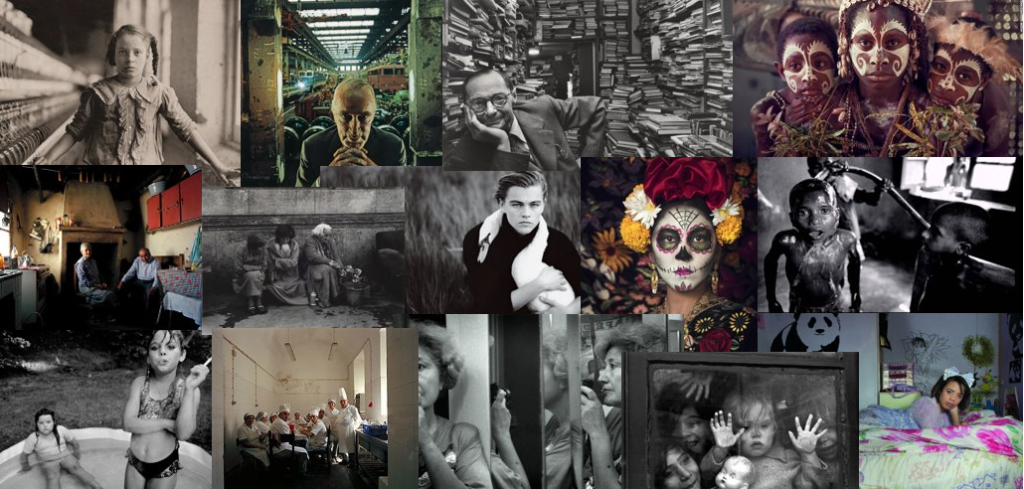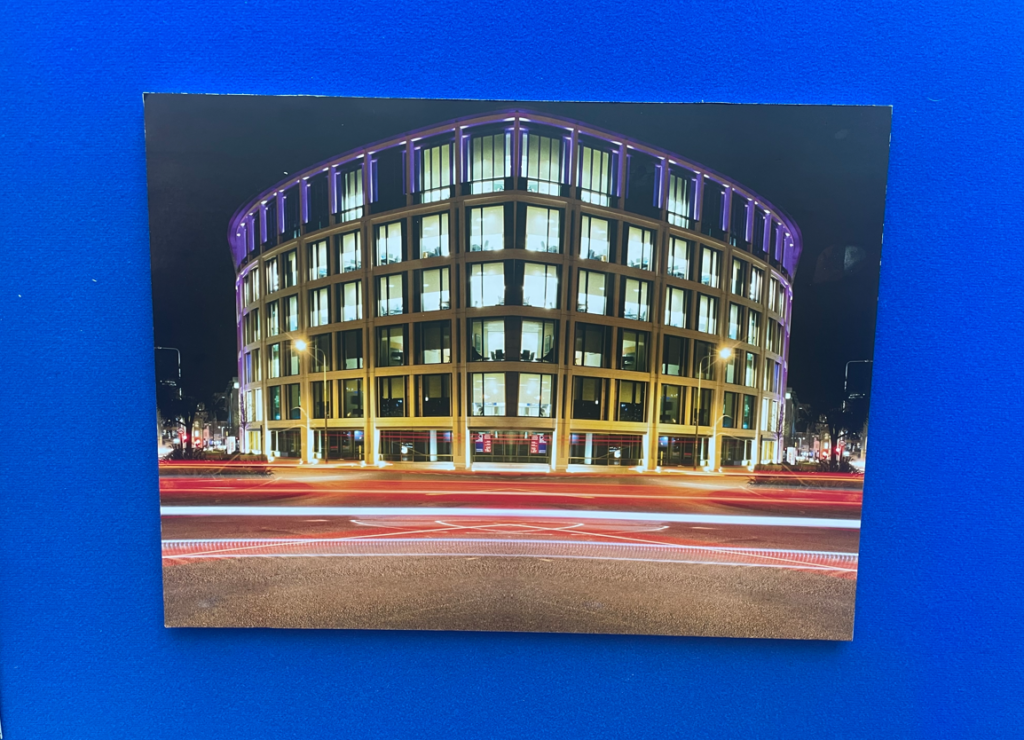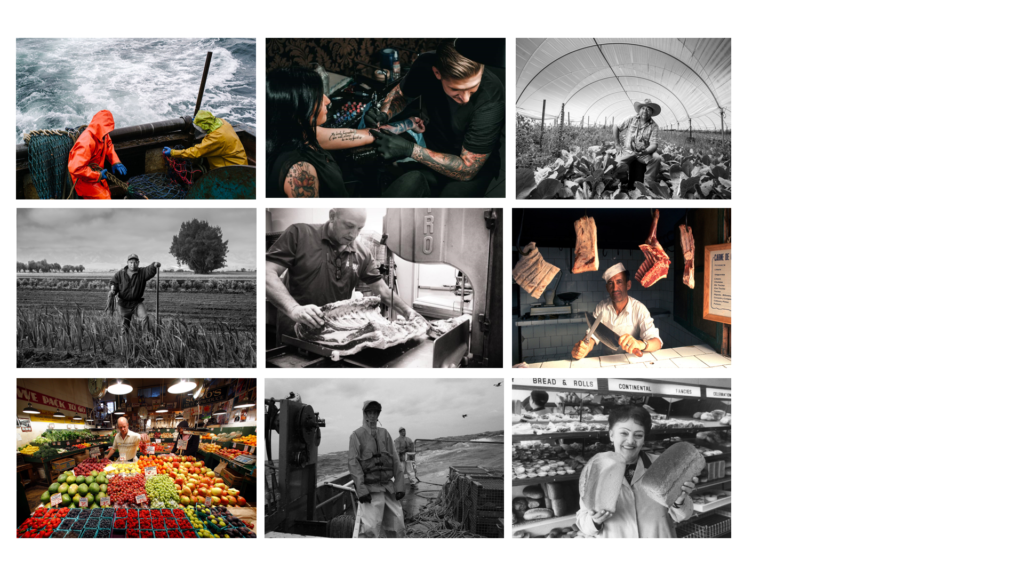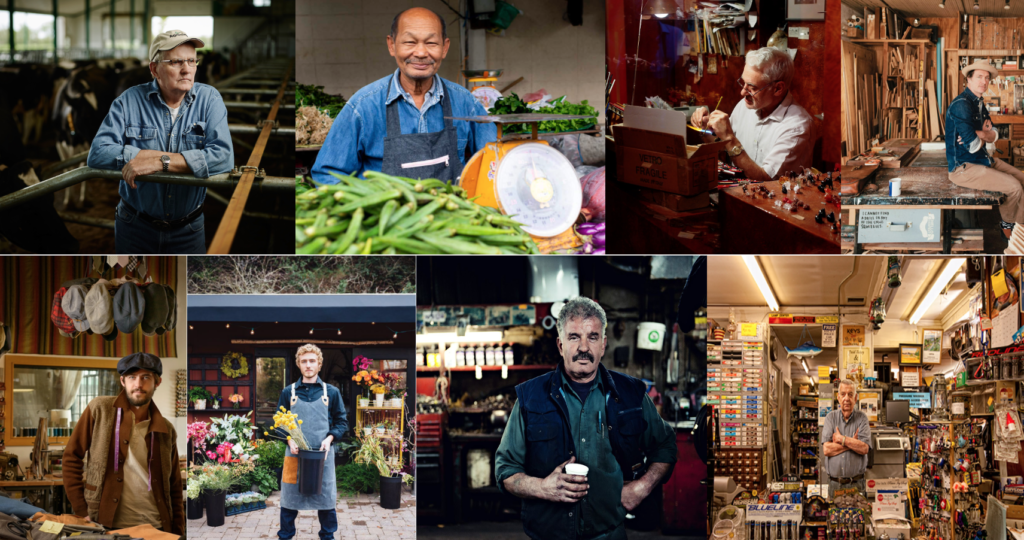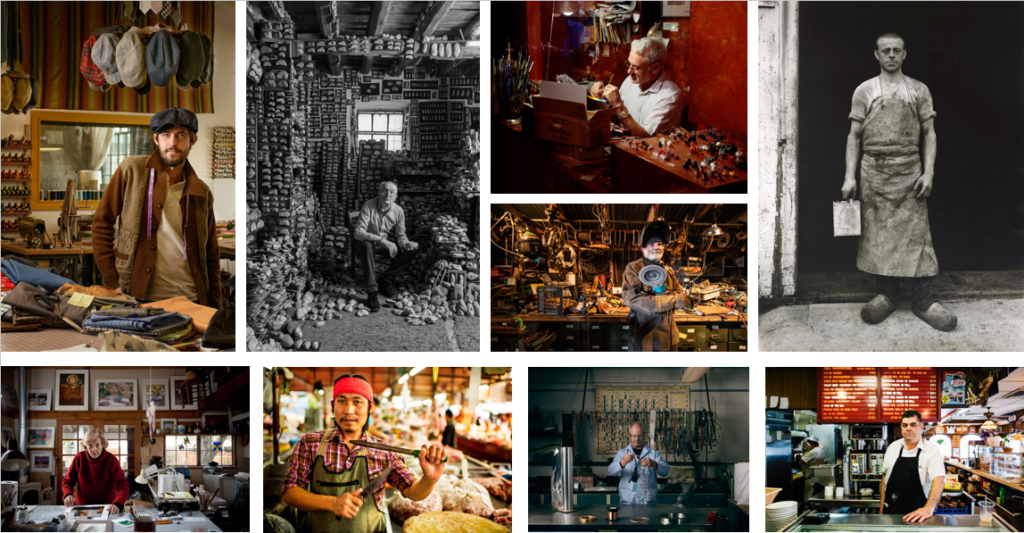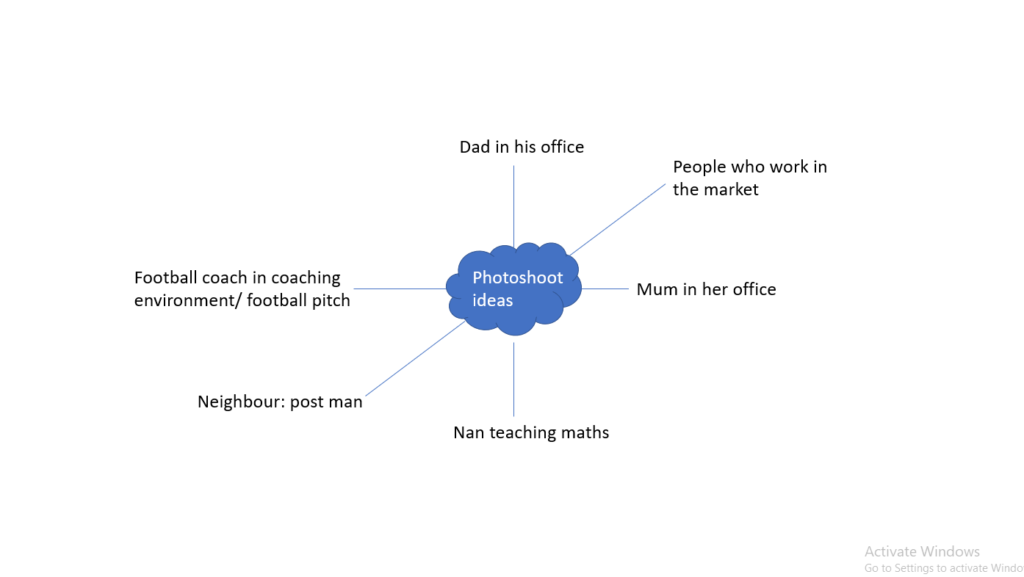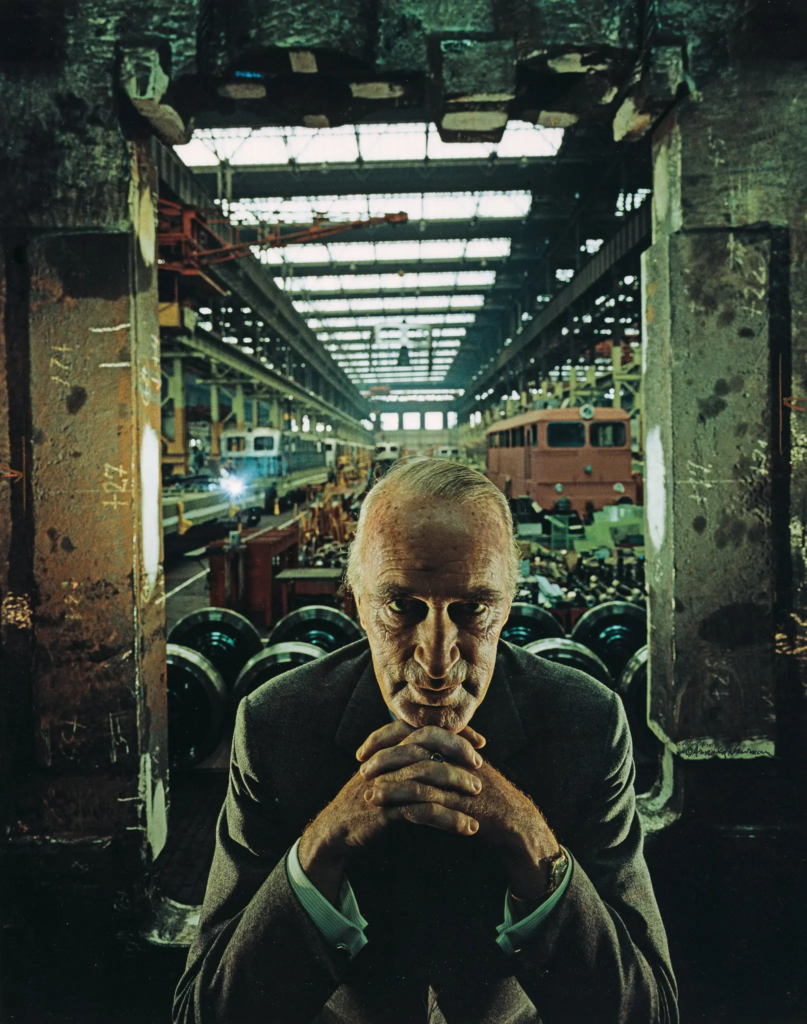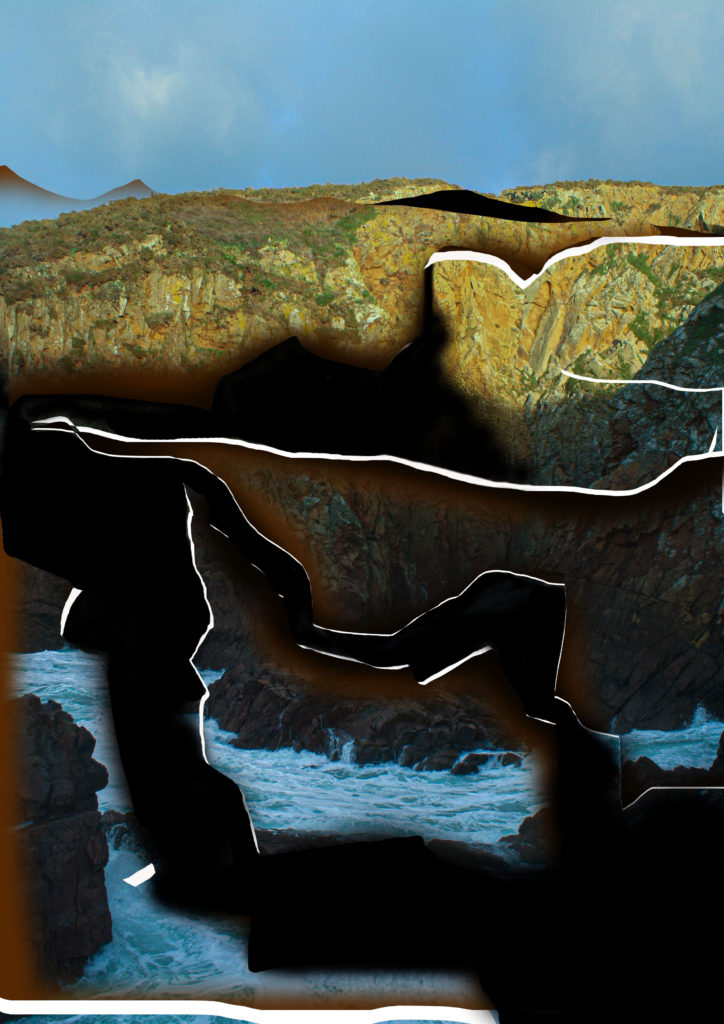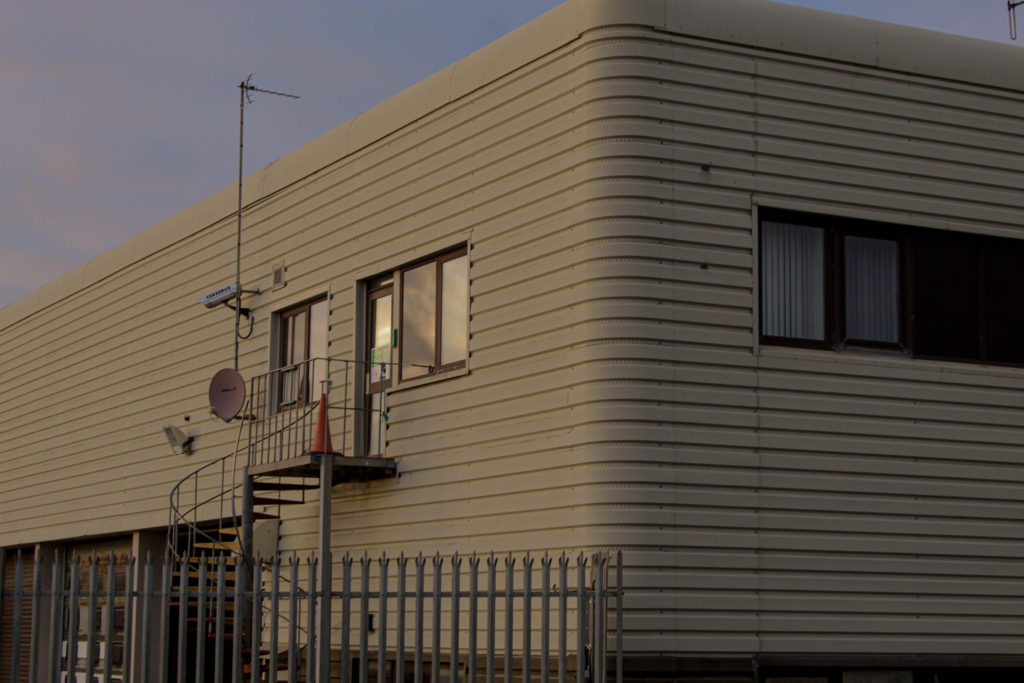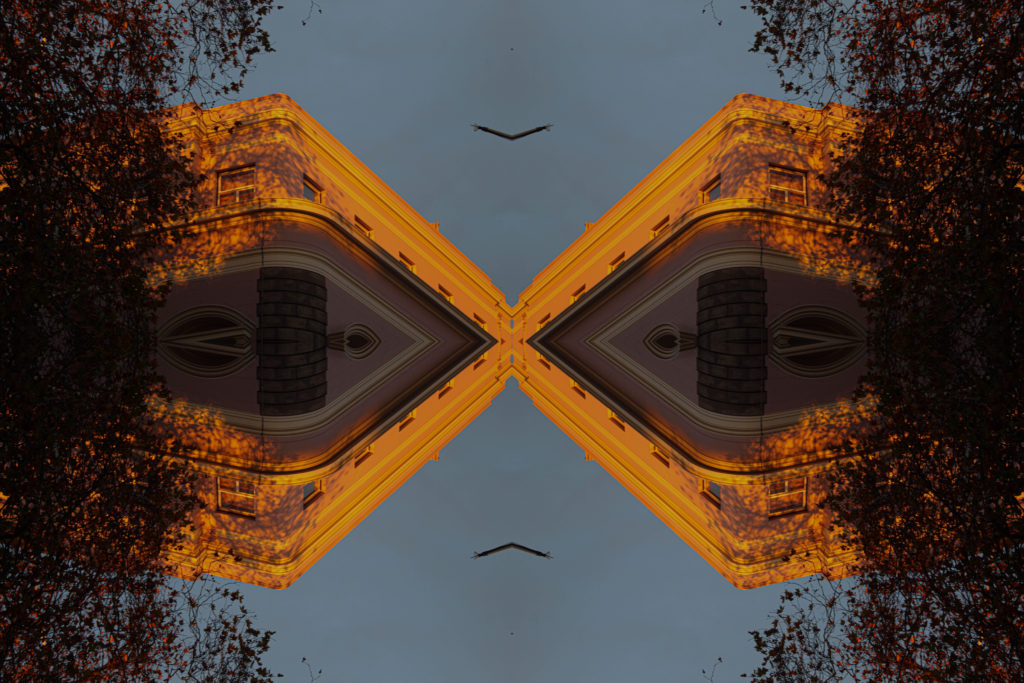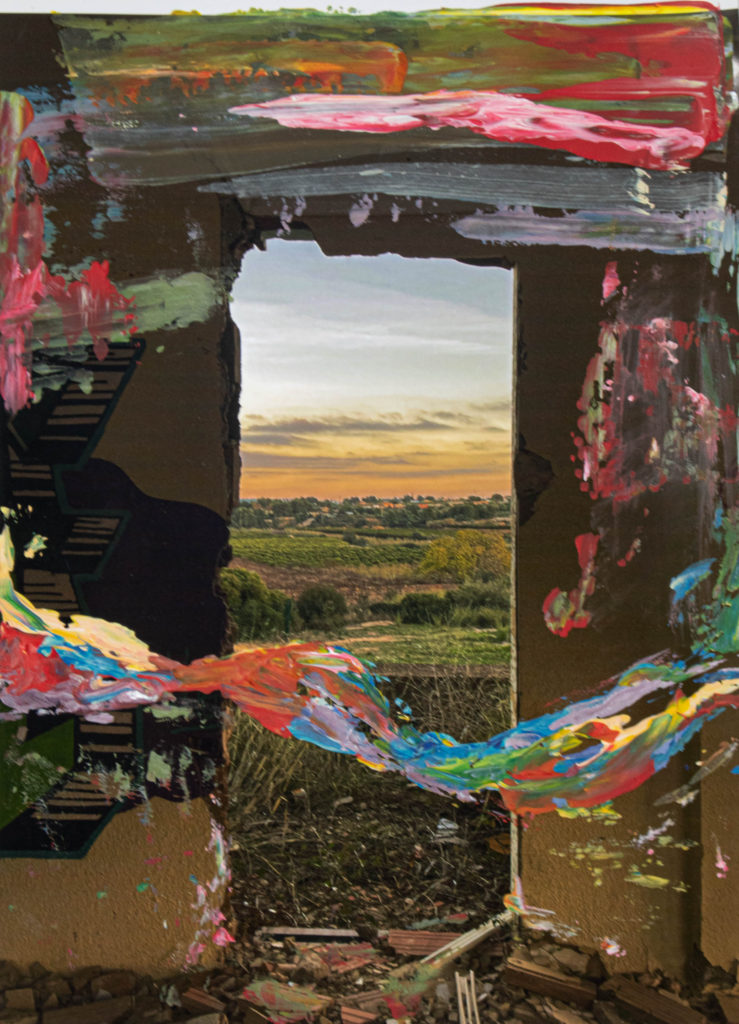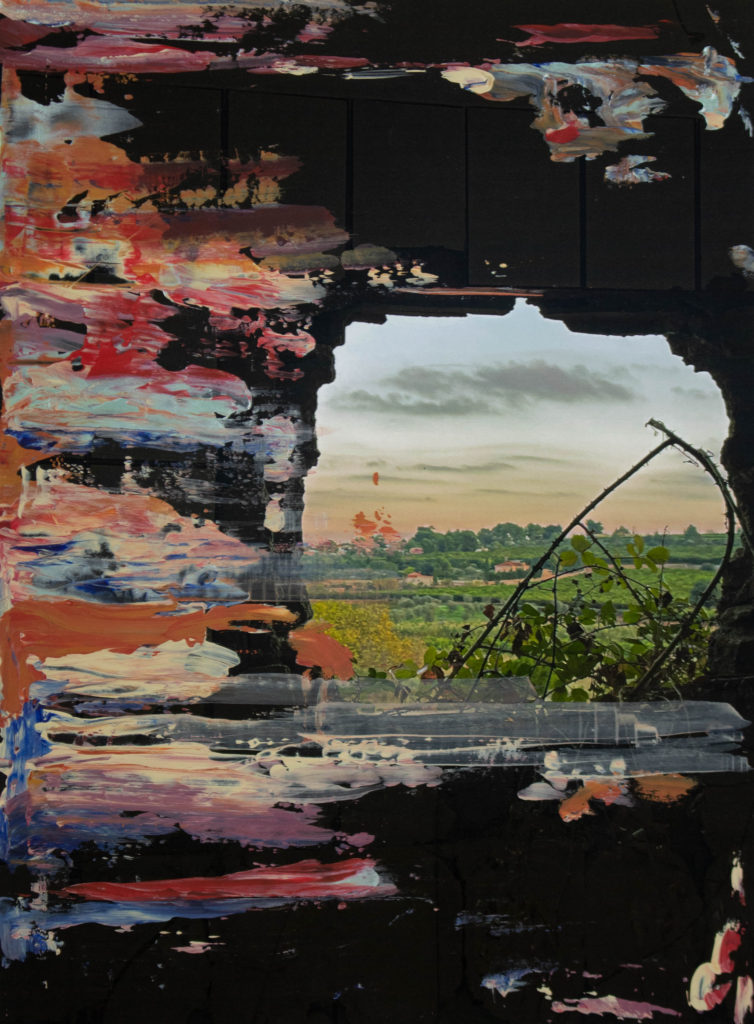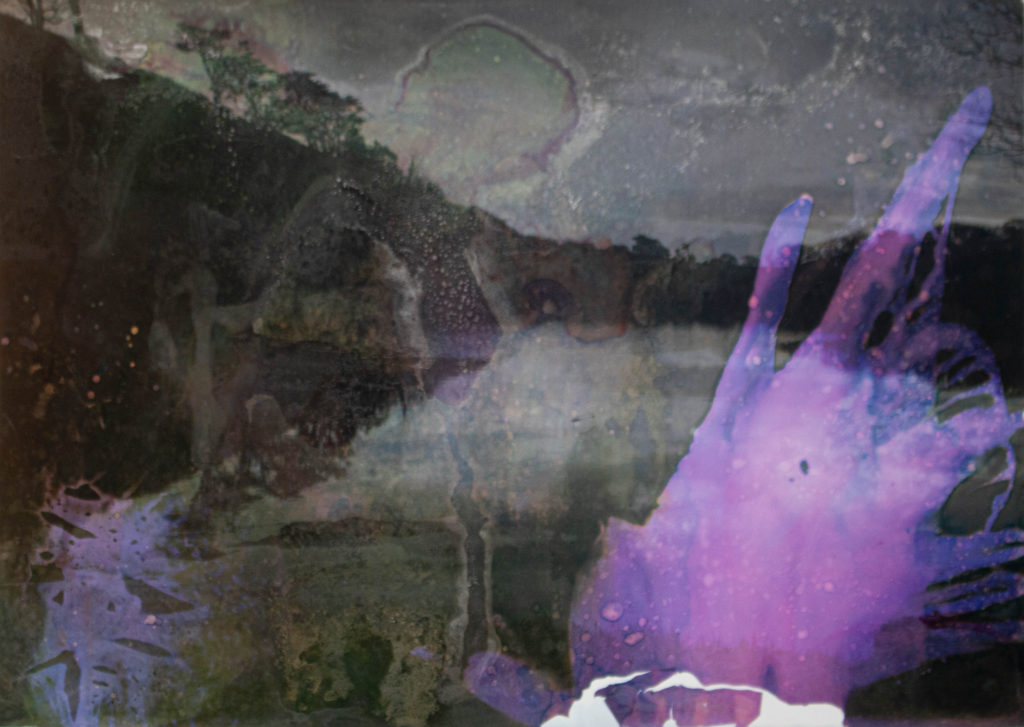
Analysis
Technical -how was the photo taken
Visual -what can we see in the image
Conceptual -why was the photo taken / presented
Contextual -who, when, where etc…the story, background, impact
This image by Jewish photographer, Arnold Newman, was taken in 1963 and includes a man situated in some sort of train station. The photo consists of a dark and mysterious atmosphere, the dimly lit figure creating a sense of dread and fear. The older man appears to be wearing a suit- indicating that he is important and perhaps has some sort power over the environment around him. The photo’s sinister mood is accentuated by the man’s smirking expression and clasped hands placed under his chin, the idea of something horrible happening. Two pillars are on either side of the man, framing him and creating a midground in the photo. The picture was taken so that the entire station could be seen behind the man, creating a depth of field that made the photograph appear much deeper. There is a very wide tonal range in the photo, the base being dark and the top including some sky light- causing this to be a complicated photograph since it includes both under and overexposure. It appears as though two lights were placed under the mans face, casting two shadows and making the man seem even scarier and almost evil. The picture was taken using a low exposure, little light being let into the picture and, therefore, allowing the spots of light to heavily contrast with the rest of the image. The composition of the photo adds to the mood of the picture, the man being placed perfectly in the middle emphasising the idea of his authority and importance. The intense eye contact the man maintained with the camera/ photographer, creates the idea that he was challenging him, showing him how he still has the same power he previously had. The mans older age suggests he gained his control when he was younger, perhaps implying that an event took place that gave him this power. The positioning of his body creates a triangular shape, triangles being seen as a strong shape typically being associated with evil characteristics. Due to this being an environmental portrait, there is an indication of the environment being an important aspect of this mans life, perhaps the very thing that gave him the power that his strong and smug stance suggests.
The Real Story
I was doing some work for Newsweek, mainly covers, and they asked me to photograph Alfred Krupp. Krupp, a German industrialist, who used slave labor during World War II. When the workers were too weak to produce, he just shipped them off to Auschwitz to die. So when the editors asked me to photograph him I refused. They asked why. I said, Because I think of him as the devil, and they said, Fine, that’s what we think. So I was stuck with the job.
When I arrived at the factory and was told by Krupp’s PR people that the sitting was off, I demanded that my photographs be shown to Krupp so that he could decide for himself. The startled PR guy complied, and then came back and said, Herr Krupp would like to see you. Krupp told me, These are beautiful pictures. You must photograph me.
I asked to see the factory, and noticed a huge casting that I thought would make a good background. They moved it just for me, and built a special platform so that we would be overlooking the factory. I lit Krupp’s face from slightly below, using two small lights. It was just an okay picture until I asked Krupp to lean forward. He leaned forward and my hair stood on end. He looked like the devil.
This was the recount that Arnold Newman told when questioned about the photograph. He used the photo to portray how he truly saw the man, an evil and dark human who did such terrible things. Alfred Krupp was an industrialist who supplied trains for the transportation of people to concentration camps and it is believed that soon after the photograph was taken, Krupp was captured and imprisoned. It can be inferred from Newman used this photo as a sort of revenge for his family and other Jews, capturing the true evil in this man and showing it to the world, in response to the disgusting acts he contributed to during WW2. The photo was taken at a train station in Germany, at the very station that people were taken away over a decade before.

